How To Put On A Mirrorless Camera Strap?
When it comes to using a mirrorless camera, one of the essential accessories that often gets overlooked is the camera strap. A well-attached camera strap can provide comfort, security, and ease of access, making your photography experience more enjoyable and less stressful. In this article, we will delve into the step-by-step process of attaching a camera strap to your mirrorless camera, discuss the different types of straps available, and offer tips on how to choose the right one for your needs.
Step-by-Step Guide to Attaching a Camera Strap
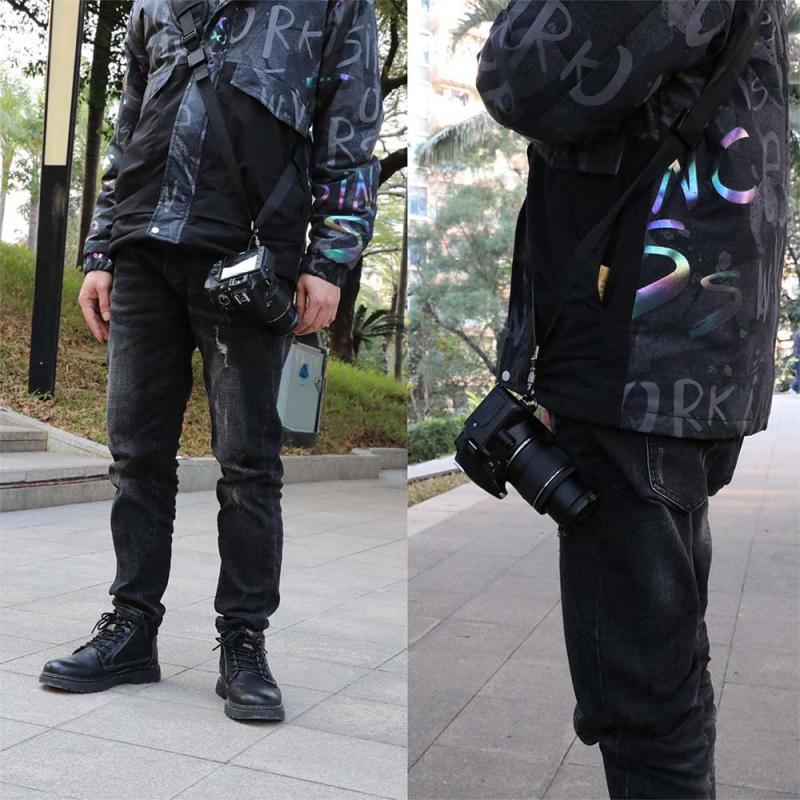
1. Identify the Strap Lugs
- Locate the Strap Lugs: Most mirrorless cameras have two strap lugs, one on each side of the camera body. These are small metal or plastic loops designed to hold the strap securely.
- Check for Compatibility: Ensure that the strap you are using is compatible with the strap lugs on your camera. Some straps come with specific attachments that may not fit all camera models.
2. Prepare the Strap
- Unpack the Strap: If your strap is new, unpack it and lay it out flat. Make sure there are no twists or tangles.
- Adjust the Length: Before attaching the strap, adjust it to a comfortable length. This can be fine-tuned later, but having a rough idea of the desired length can make the process easier.
3. Thread the Strap Through the Lugs
- Insert the Strap: Take one end of the strap and thread it through the first strap lug from the outside in. This means the strap should go through the lug from the side facing away from the camera body.
- Secure the Strap: Once the strap is through the lug, thread it back through the plastic or metal buckle on the strap. Pull it tight to ensure it is secure.
- Repeat on the Other Side: Repeat the same process for the other side of the camera. Make sure both sides are even and the strap is not twisted.
4. Double-Check the Attachment
- Tug Test: Gently tug on the strap to make sure it is securely attached to the camera. This will help prevent any accidental drops.
- Adjust for Comfort: Once the strap is securely attached, put the camera around your neck or shoulder and adjust the length for comfort. Make sure the camera sits at a convenient height for easy access.
Types of Camera Straps
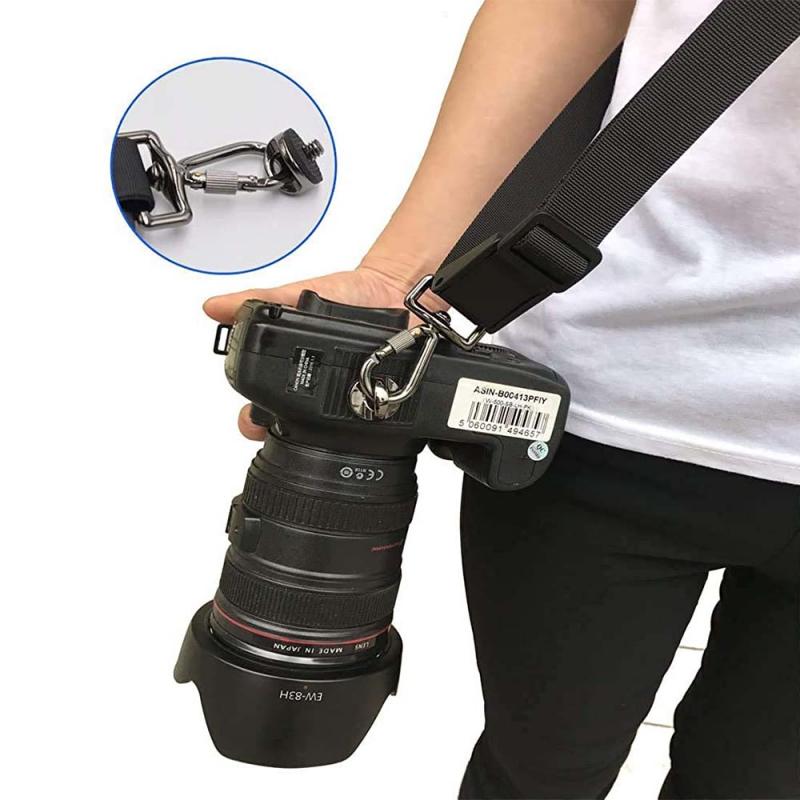
1. Neck Straps
- Description: Neck straps are the most common type of camera strap. They are designed to be worn around the neck, allowing the camera to hang in front of the user.
- Pros: Easy to use, widely available, and often included with the camera.
- Cons: Can cause neck strain during extended use.
2. Shoulder Straps
- Description: Shoulder straps are designed to be worn over one shoulder, with the camera resting at the side of the body.
- Pros: Distributes weight more evenly, reducing strain on the neck.
- Cons: Can slip off the shoulder if not properly adjusted.
3. Wrist Straps
- Description: Wrist straps are smaller and designed to be worn around the wrist, providing a secure grip on the camera.
- Pros: Lightweight and less cumbersome, ideal for smaller cameras.
- Cons: Limited support, not suitable for larger cameras or long shooting sessions.
4. Sling Straps
- Description: Sling straps are worn diagonally across the body, with the camera resting at the hip.
- Pros: Provides quick access to the camera, distributes weight evenly.
- Cons: Can be more expensive and may require additional adjustments.
Choosing the Right Strap

1. Comfort
- Padding: Look for straps with adequate padding, especially if you plan to carry your camera for extended periods.
- Width: Wider straps distribute weight more evenly and can be more comfortable.
2. Durability
- Material: Choose a strap made from durable materials such as nylon, leather, or neoprene.
- Stitching: Check the quality of the stitching to ensure it can withstand the weight of your camera.
3. Functionality
- Quick-Release Mechanism: Some straps come with quick-release mechanisms that allow you to detach the camera quickly.
- Adjustability: Ensure the strap is easily adjustable to fit your body size and shooting style.
Tips for Using a Camera Strap
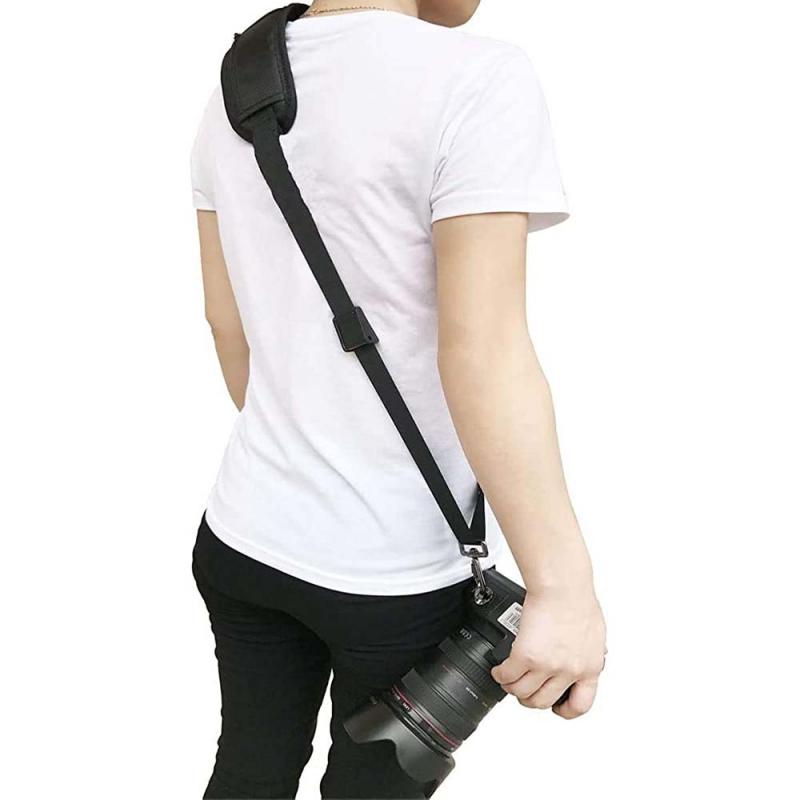
1. Regularly Check for Wear and Tear
- Inspect the Strap: Regularly inspect your camera strap for signs of wear and tear, such as fraying or weakened stitching.
- Replace When Necessary: If you notice any damage, replace the strap immediately to avoid accidents.
2. Use a Safety Tether
- Extra Security: Consider using a safety tether in addition to your main strap for extra security. This can be particularly useful when shooting in challenging environments.
3. Customize for Personal Style
- Personal Touch: Many photographers like to customize their camera straps with personal touches such as embroidery, patches, or unique designs. This can make your camera setup more personalized and enjoyable to use.
Attaching a camera strap to your mirrorless camera may seem like a simple task, but doing it correctly can make a significant difference in your photography experience. By following the step-by-step guide, understanding the different types of straps available, and choosing the right one for your needs, you can ensure that your camera is both secure and comfortable to carry. Regularly checking for wear and tear and considering additional safety measures can further enhance your peace of mind, allowing you to focus on capturing those perfect shots. Whether you are a professional photographer or an enthusiastic hobbyist, a well-chosen and properly attached camera strap is an indispensable accessory that can greatly enhance your photographic journey.


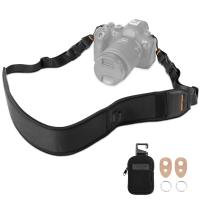
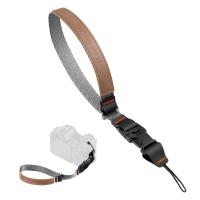
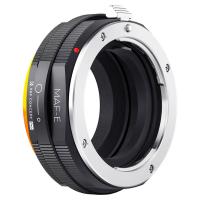
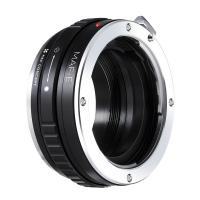
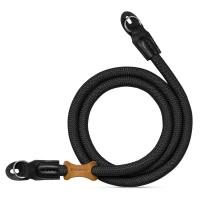
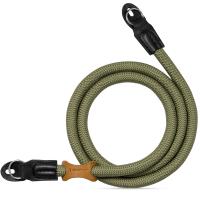
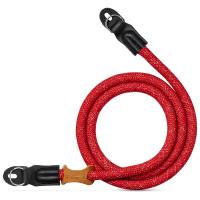
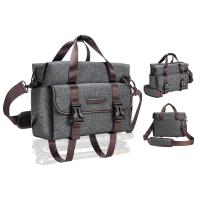
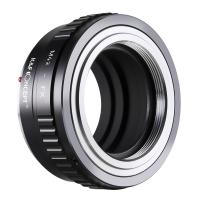
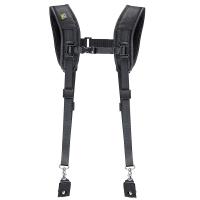

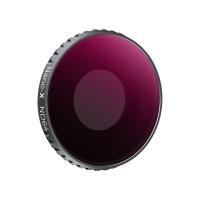
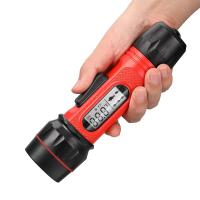
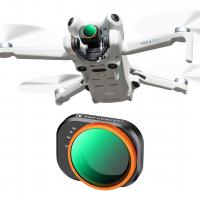
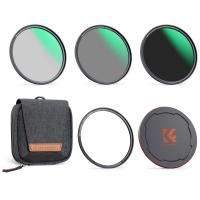



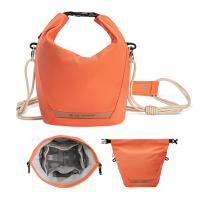
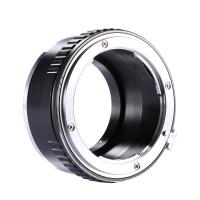
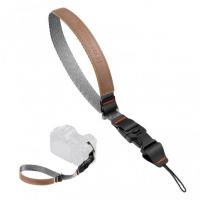

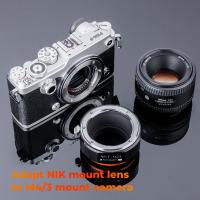
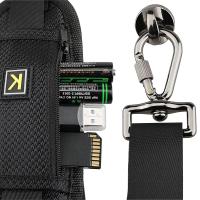
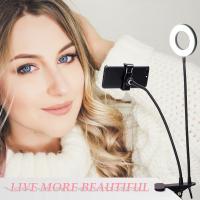
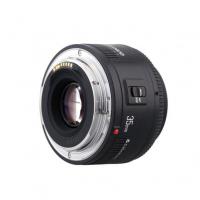
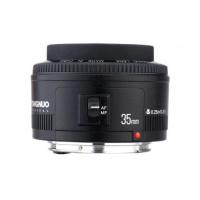
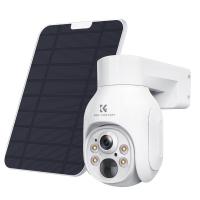
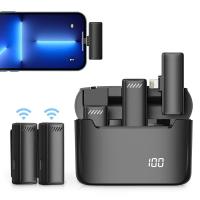




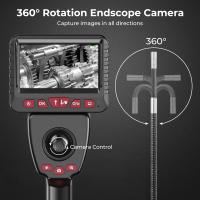
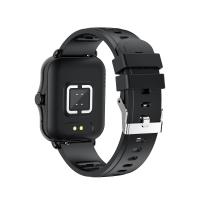



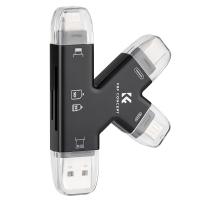
There are no comments for this blog.